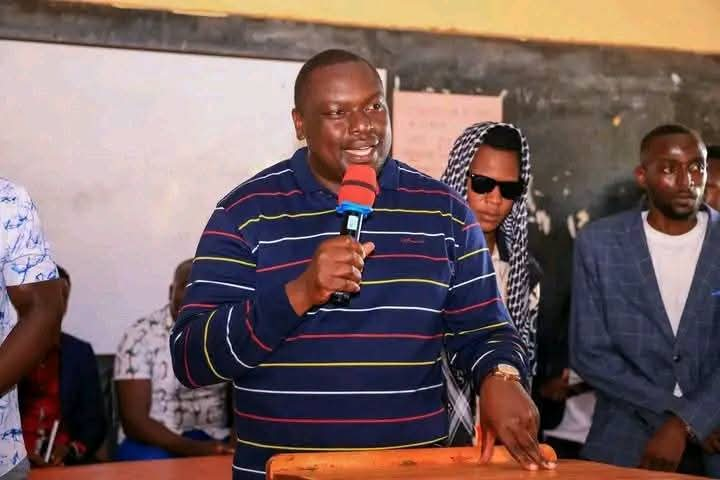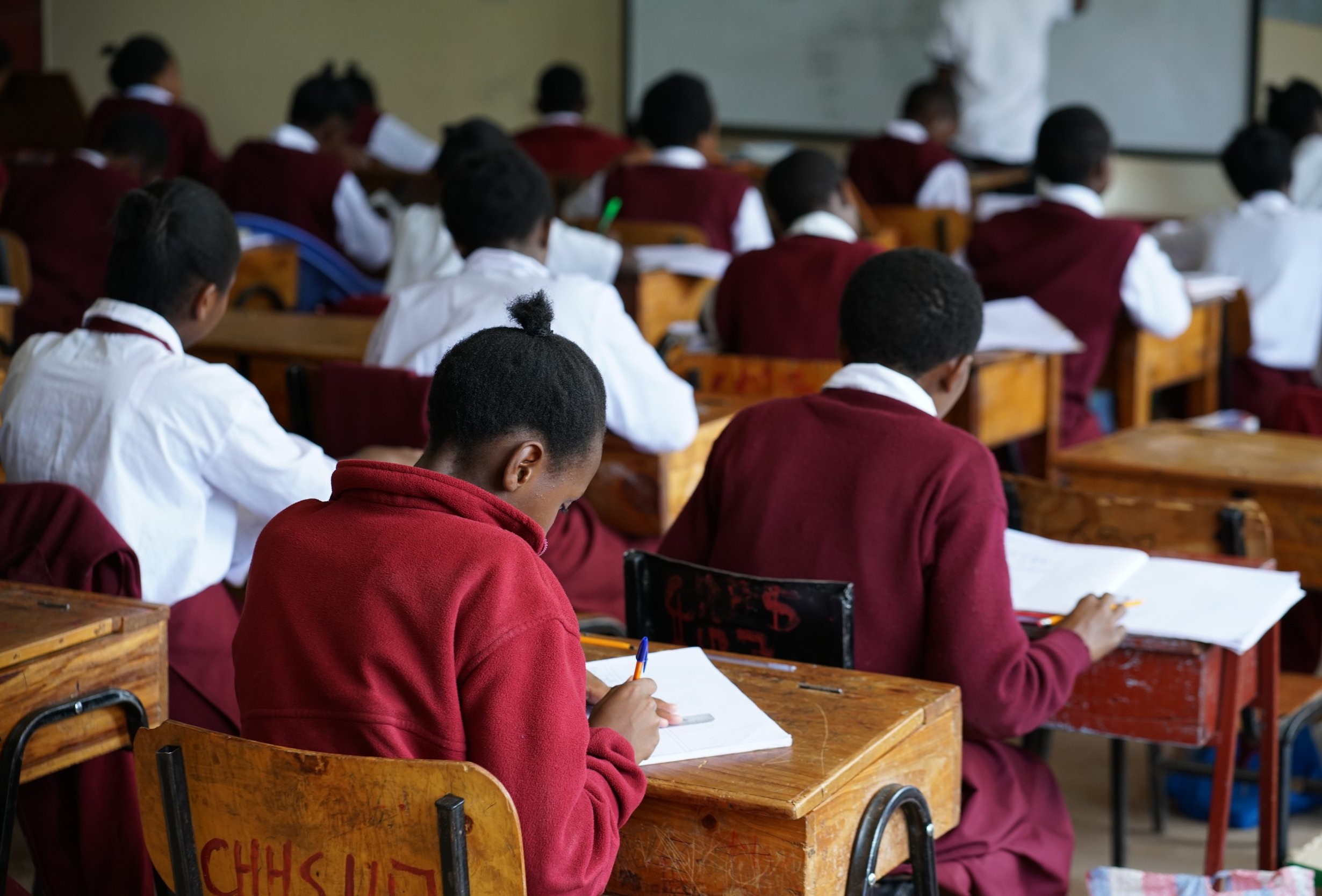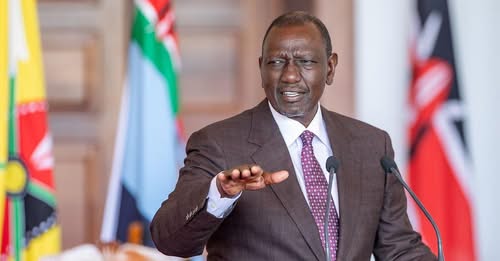Sometimes in the early 2000, a senior lecturer at Egerton University Dr. Joseph Walunywa argued learners in educational institutions in Kenya should be exposed to nonfiction works as part of their education.
Walunywa said that authorities in education could enrich the English language curriculum, which is integrated, to include nonfiction works. He made the comments in a local daily at the time. The suggestion had persuasive value.
The current English curriculum is tilted towards fictional works. We have a whole paper devoted to fictional works—novels, plays, poetry and oral literature. The curriculum does not provide for nonfiction writing—essays, journals, diaries, letters, biographies, speeches, satires, literary criticism.
This is the reality. Although imaginative works dominate the study of literature in other educational systems, the systems have provided ample room in the English curriculum or language curriculum, for nonfiction works. They are studied and examined with similar rigour as fictional works.
I am afraid. Some teachers of English will cite functional writing in English syllabus as having taken care of the educational value of nonfiction works.
There is an attempt to teach some elements of nonfiction in the English Curriculum under the 8.4.4 system of education. However, it doesn’t go far enough. It is taught as part of English and not Literature. That is not what Dr. Walunywa meant.
As English, all they teach is the structural aspects of discourse that is defined as functional writing. All they do is to define what the various forms of functional writing take. It is perfunctory at best.
ALSO READ:
President Ruto declares August 27 as Katiba Day to honour 2010 Constitution
There are no models which students thoroughly study for their artistic values—the things they communicate and how the writers communicate.
In fiction, you have named books of outstanding literary values—what they call set books. You see this in so-called functional writing or, in this case, nonfiction writing. There are no writings of accomplished letter writers, speeches. No landmark reports, memoirs or memos as curriculum materials.
The placement of fictional or functional writing in English as a language has inexcusably limited students’ exposure to the cultural herniate these genres embody. This has denied the students the opportunity to see how writers manipulate language to deal with the issues, problems, challenges and crises that mankind has faced in the past or faces now and in the future.
Studied as literature, nonfiction writings expose students to actual, real named models of discourses by accomplished speakers and writers in the English language. Through this, students get exposed to the finest examples of speeches, letters, reports, as pieces of art. Not as a language and its mechanics—spelling, punctuation marks, parts of speech, etc.—but as literature.
This is what the English curriculum was in the old Intermediate school where students sat for the Kenya African Preparatory Examinations (KAPE) in Class eight. The same applied to the English curriculum for secondary education, both under the colonial system of education.
My generation had used these books in Primary education in the 1970s. I joined class I when the books they used under the colonial system of education were still in the primary school libraries at the time.
I also used the textbooks for our Literature in English in the old “A” system of education under the 7.4.2.3 system of education. I also used the books in my teaching of English at Kolanya Secondary school in Busia in 1989 and part of 1990.
The teachers of that time directed their students into the school libraries.
ALSO READ:
Grade 9 learners to sit first junior school national exam in November
Suffice it to say that the English curriculum under the dying days of the colonial system of education was much richer than what obtains today. We have, regrettably, confined students—in primary and secondary education—to the study of novels, plays, poetry and oral literature. The ordinary business of life is transacted through literary and rhetorical techniques that you find in great nonfiction works. Organisations don’t transact business through poetry, novels or plays.
This is what Dr. Walunywa was saying: enrich the curriculum with real, named nonfiction works.
He himself had his undergraduate and post graduate education in the USA. He must have compared and contrasted the English curriculum in basic education schools in Kenya and in the USA.
Literature is any work with outstanding literary merit. The writer or creators of that work encapsulate their thoughts in beautiful or moving language in terms of words. The words could be in prose or verse—in narrative prose or in poetry.
The body of works that define most of literature—be it in English, which is the language of instruction—or the in Kiswahili, is fiction.
In literature, fiction is fabricated and based on the author’s imagination. The work springs from the imaginative powers of the writer. Examples of fiction are short stories, novels, plays, and poetry. It also includes myths, legends, and fairy tales. The defining element is that fictional works are creations of the fertile mind of the writer. Dominant in fiction are plot, settings, and characters. These are the storyline, the time, place, and socioeconomic environment in which a story occurs and the imaginary people who take part in the imagined actions.
By contrast, a nonfiction work is factual and reports on true events. The raw materials are based on actual events that happened at a particular place and time. Examples of nonfiction works are essays, journals, diaries, letters, histories, biographies, speeches, satires, literary criticism, newspaper articles, and most of the books in the Bible.
Despite the distinction, the difference between these two genres—fictional and nonfictional works—is sometimes blurred, as the two often intersect.
ALSO READ:
Rethink approach in addressing varsity funding gaps ahead of reopening
This is not the place to outline the points of agreement between the two types of writing.
The thrust of this article is that there are certain nonfiction works whose thoughts have been encapsulated in beautiful or moving language in terms of words. The potentialities and norms of living which all writers aim at expressing in works are present in nonfiction as well as fictional works.
The authors in both genres say something of value to society in a forceful language. The fictional writer says these things indirectly through creative dramatization of the issues, questions, values and ideas he is probing through clever combinations of incidents and characterization. The nonfiction writer uses techniques, peculiar to nonfiction writing and application of some common to both genres, to convey his or messages.
Just like fictional works, nonfictional works are repositories of some of the greatest intellectual and cultural heritage of mankind. They have or deal with enduring questions about civilization—sanctity of life and the consequences of its transgressions, duty, honour, freedom, security, justice etc. etc.
Just like fictional works, they stretch the imagination and intellects of the readers.
I have in mind great works which are philosophy, history, politics, anthropology, economics and science in general.
Students in the USA, Canada, USA and India for example, are exposed to a large body of nonfiction works. They complete secondary education when they have been exposed to outstanding bodies of fiction as well as nonfiction works.
There is something missing in an English language curriculum without nonfictional works—speeches, letters, biographies, reports. This is strange. Adults conduct ordinary business through nonfiction: letters, speeches, reports and other techniques of communication. Not through stories although important as a rhetorical device, it might be.
Dr. Walunywa’s views didn’t find a hearing then. The views still need a hearing, now as it needed it then.
By Kennedy Buhere
Communication Specialist
0725327611
You can also follow our social media pages on Twitter: Education News KE and Facebook: Education News Newspaper for timely updates.
>>> Click here to stay up-to-date with trending regional stories
>>> Click here to read more informed opinions on the country’s education landscape






